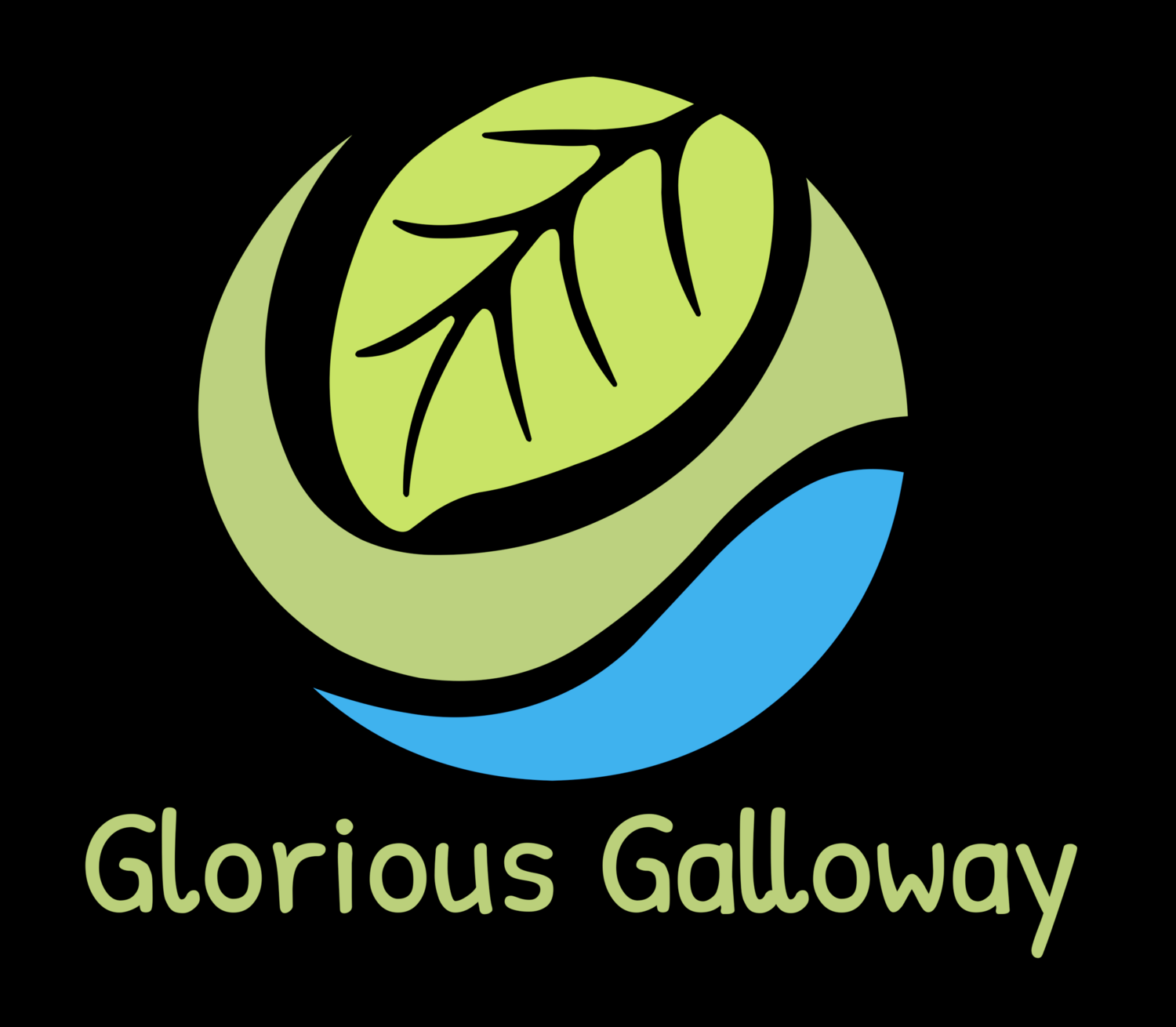Red Squirels thrive at the Kirroughtree Visitors' Centre, Galloway, near Newton Stewart
Wildlife in Galloway
Galloway is a superb natural environment, which supports a variety of habitats, including many important nesting sites. Whether you are relaxing in the garden at our cottage, Burnside, peering over the precipitous cliffs of the Mull of Galloway or wandering in the ancient woodlands around the River Cree, there is a plethora of wildlife to enjoy.
Galloway Forest Park
Ospreys thrive in the Galloway Forest Park and at Wigtown Bay Nature Reserve
The Galloway Forest Park is full of wildlife and the Forestry Commission does a good job at making it as accessible as possible. The Commission produces a good guide to the park, with details on lots of activities and their locations.
They include, the Red Deer Range, a special reserve for deer north of Newton Stewart on the A712 New Galloway road, where rangers conduct guided walks from April to September. Also, in this part of the forest park is a wild goat park, home to an ancient breed of long-horned, hairy goats that have been valued for thousands of years for their milk and fur.
A lot of activities and information are organised around the three visitors’ centres in the forest park. There are also cafes and good toilets at these locations. Walks from Clatteringshaws Visitors’ Centre give great views of water birds, ospreys and The Merrick, the highest of the Galloway Hills. This is also a good place to see red kites.
Kirroughtree Visitors’ Centre is home to a special area devoted to red squirrels and wonderful forest walks. There is a beautiful man-made loch, Loch Bruntis, in the woodland above the visitors’ centre where we have watched swifts swoop and take a drink on the wing. Pine martins also live in the forest. Colour-coded walks guide you through the forest.
Delightful short trails at Glentrool Visitors’ Centre are also a good way to spot wildlife, including the charming and tiny goldcrest. There are tumbling rivers and streams, which are a torrent in winter and create cool pools for your feet in summer.
Wood of Cree, Kirroughtree
RSPB reserve at Wood of Cree, Galloway
The RSPB reserve at Wood of Cree, just north of Newton Stewart, is the largest ancient woodland in southern Scotland. In the spring the woods come alive with bluebells and pied fly catchers, warblers as well as tree creepers, owls and other birds of prey. There is also an otter viewing platform. A path snakes up the hill through the wood beside an impressive waterfall and redstarts live in the trees.
Wigtown Bay Nature Reserve
The Wigtown Bay Nature Reserve
The Wigtown Bay Nature Reserve is formed by the wide estuary of the River Cree and River Bladnoch. This is an important area for geese, including, pinkfoot, greylag and barnacle, as well as pintail, shoveler and wigeon ducks and ospreys, which nest near to Wigtown and can be viewed on a live CCTV link to their nest relayed to the County Building. Otters are also seen.
Mull of Galloway
Mull of Galloway is fascinating place to visit, remote and wild, it's home to a great array of seabirds
The Mull of Galloway is a site of national importance for birds and managed by the RSPB. The Mull is home to puffins, razorbills, kittiwakes, shags and guillemots, which nest on the steep cliffs. Meanwhile, wheatears, stonechats, rock pipits and linnets forage on the cliff tops and peregrines and kestrels patrol the skies around the precipitous drops, which are worth seeing just for themselves. Guided walks are available at certain times.
The Mull dominates the view in south west Scotland - day and night. The lighthouse still sends its nightly warning from this most southerly tip of Scotland. When I was growing up the fog horn still rumbled across Luce Bay whenever the mist descended. It no longer plays its role in navigation, but it has been restored and booms once more. You can visit the Mull of Galloway Lighthouse and Exhibition from 11am to 5pm in summer, but check opening times because they are subject to variation. Tea and light meals are available near Drummore at the Gallie Craig Coffee House, but check opening hours.
The Mull is remote and wild so dress appropriately and plan your visit. It's a long and winding drive. However, it is well worth a visit and can be combined with stops at Port Logan (delightful fishing village), Logan Botanic Gardens and Portpatrick, a little port town with great pubs and seafood.
“The cottage is surrounded by wildlife. We saw stoats, weasels, voles, shrews, hares, deer, badgers and a mole.”
Burnside Cottage
There are lots of hares in the fields around Burnside and deer, which occasionally sleep in the garden. But the moment you know you have arrived at is when you hear the resident Yellowhammers belt out their song from hedgerow or perched upon a fence post: “A-lttle-bit-bread-and-no-cheeeese.” If you take a moment to locate the yellowhammer, you will be rewarded with a brilliant yellow bird almost fluorescent in the evening sun.
We have kept a note of birds observed at Burnside and in the surrounding lanes during the recent years. It includes, goldfinch, greenfinch, willow warbler, willow tit, sedge warbler, dunnock, robin, wren, long tailed tit, song thrush, barn owl, tawny owl, meadow pipit, skylark, pied wagtail, sparrowhawk, buzzard, heron, kingfisher, stonechat, starling, blackcap, bullfinch, mistle thrush, sparrow, blue tit, great tit, swift, chaffinch, reed bunting, lesser whitethroat, garden warbler, blackbird and curlew (known locally as a whaup).






